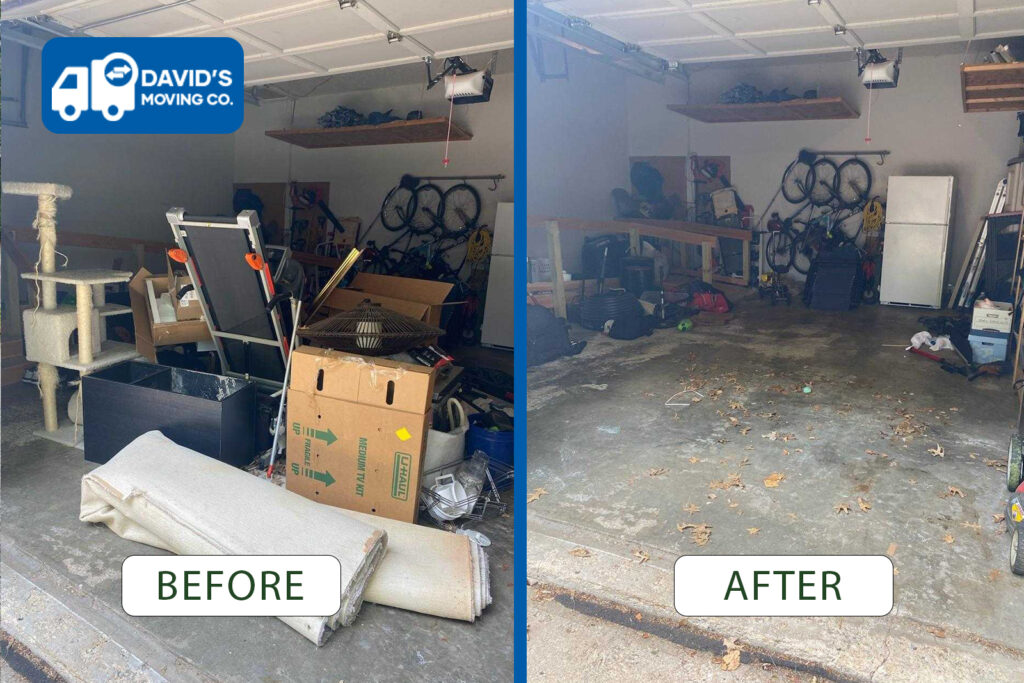
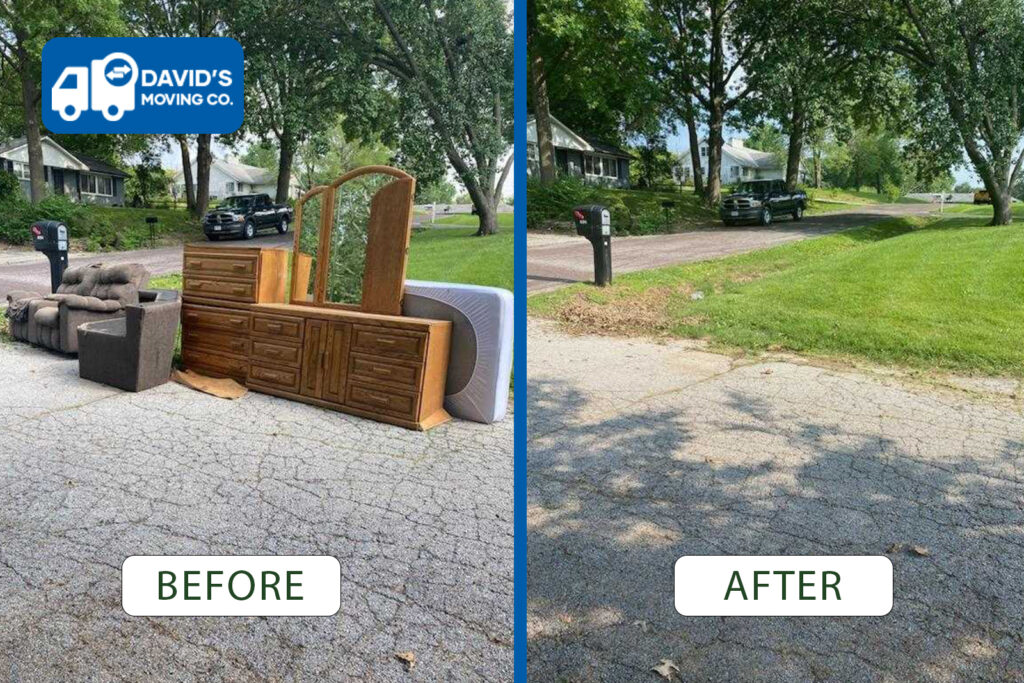
In reality, if you do not comprehend the significance of local moving on your own, you may encounter problems prior to and on moving day.
We have compiled some excellent moving tips to assist you with your upcoming local relocation so that you can handle it as efficiently as possible.
Six Weeks Before Moving: Six weeks should be sufficient to plan a local move, as local moves are simpler to organize than cross-country moves.
In preparation for relocating, start purging your home of broken, worn-out, outgrown, duplicate, useless, and items you dislike;
Determine whether you will move yourself or employ moving professionals. Be sure to request a moving estimate prior to making a decision so you can estimate the cost of employing local movers for your relocation.
If you decide to hire a moving company, start your search by asking for referrals, reading moving reviews, verifying the company’s BBB rating, etc.;
Conduct a financial analysis and develop a relocation budget.
Four Weeks Prior To relocating: When relocating locally, the majority of your preparations will occur in the final month before your move, and some of the most important moving tasks must be completed approximately four weeks prior to your move.
Ensure you have local moving assistance – If you plan to hire professional movers, request on-site price estimates from three or four local moving companies that best meet your relocation needs and requirements. Choose the best local removalists by comparing offers (including not only prices but also services and terms). Schedule your relocation as quickly as feasible. Inform your friends of your intentions for a do-it-yourself move and solicit their assistance. Research local truck rental companies and reserve an appropriate moving vehicle for the day of your move;
Notify your landlord of your impending transfer and review your moving-out responsibilities;
If your new home is located in a different school zone or a different school district, your children will need to change schools. assemble their academic credentials from their present school and submit a new school application;
If your new residence is far from your previous address and doctor’s office, you may need to find a new family physician. Find a physician you can trust in your new community and start collecting your family’s medical history;
If you haven’t already, select a suitable home to purchase or rent, and try to obtain the keys to your new residence as soon as possible;
Create a floor plan for your new home so you can determine which of your current belongings will suit and which you will need to purchase.
Create a relocation inventory of the items you intend to relocate and determine which of your belongings you will transport to your new residence.
Three Weeks Before Relocation:
As the day of your local move approaches, the tasks on your checklist become more difficult:
Modify your USPS location and inform all of your business partners of your new address;
Commence any desired and necessary repairs and renovations for your new property;
Hold a garage sale or post an online classified ad to sell unwanted items;
Purchase new moving boxes and high-quality wrapping and padding materials for your most valuable and fragile possessions, and inquire about free packaging materials for the remainder of your belongings. Do not neglect to utilize the existing suitcases, bags, baskets, buckets, and other packing containers and cushioning materials in your home.
Start preparing immediately; include specialty items, out-of-season items, infrequently used items, and everything else you won’t need until moving day.
Two weeks prior to moving: Donate undesirable items you were unable or unwilling to sell to local charities;
Transfer utilities – if you are relocating nearby, you will likely only need to notify your current service providers of your new address. a few days prior to move-in day, turn on the utilities in your new house so you have electricity and water for cleaning; the day following moving day, turn off the utilities in your old residence.
Fill your home’s storage spaces with the bulk of your non-essential items (such as art, décor, literature, and hobby supplies);
Set aside the items you will pack in your “essentials box” as well as any valuables you will be bringing;
If you reside in or are relocating into an apartment building, reserve an elevator and parking space for the duration of your move in front of both your current and new residences.
Choose a family member (or a trustworthy friend) to oversee your children and pets on the day of the move. Arrange for child and pet care on the day of the move, if necessary. If you are unable to do so, consider engaging a caregiver.
During your final week in your former residence, you will experience a variety of emotions and physical labor.
To confirm the details of your move and ensure that everything goes as planned, contact the local moving company you’ve chosen. If friends and family have offered to help you move, confirm their availability and, if necessary, make alternative arrangements;
Plan a farewell celebration for your neighbors and former home to say your goodbyes;
Commence serious preparations by packaging up all non-essential items;
After the repairs and renovations have been completed, thoroughly clean your new home and begin unpacking some crates. Remember to bring a few cartons with you whenever you must travel to a new location.
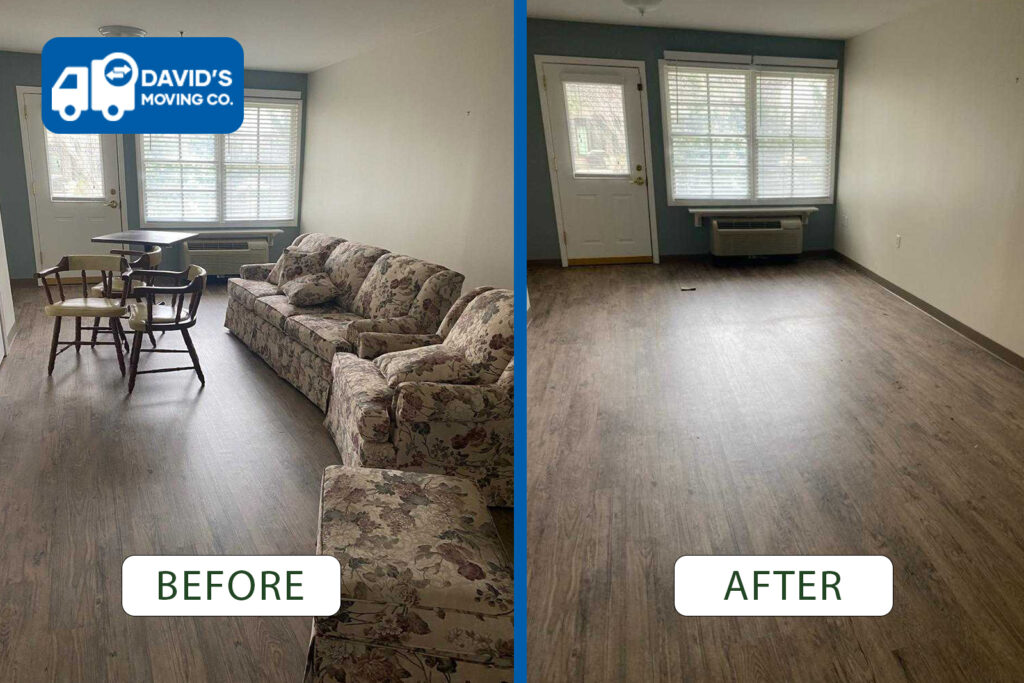
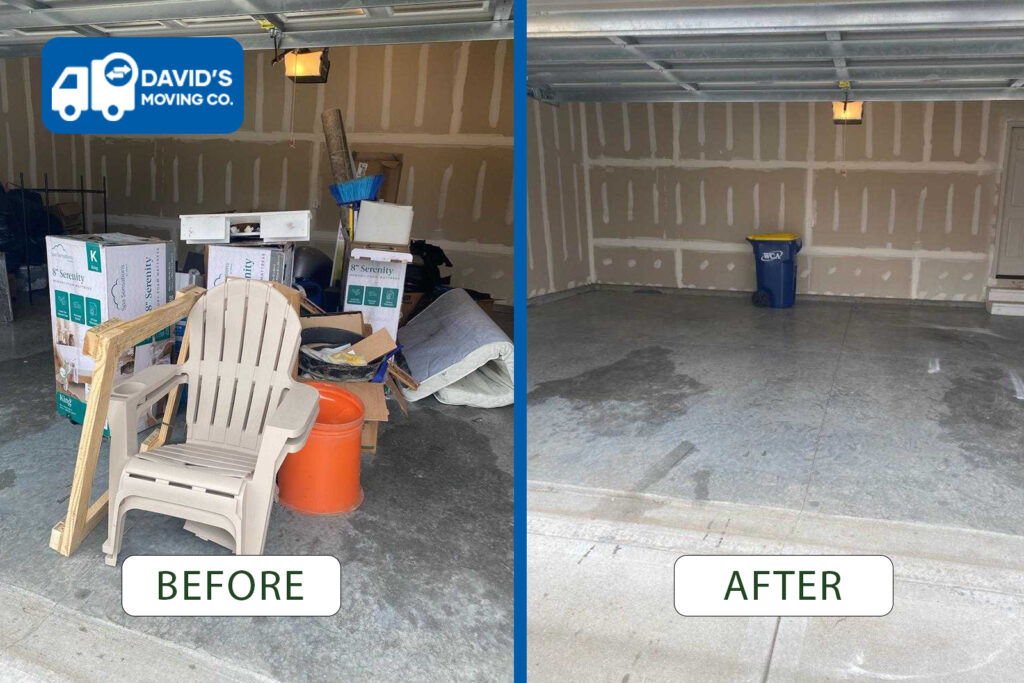
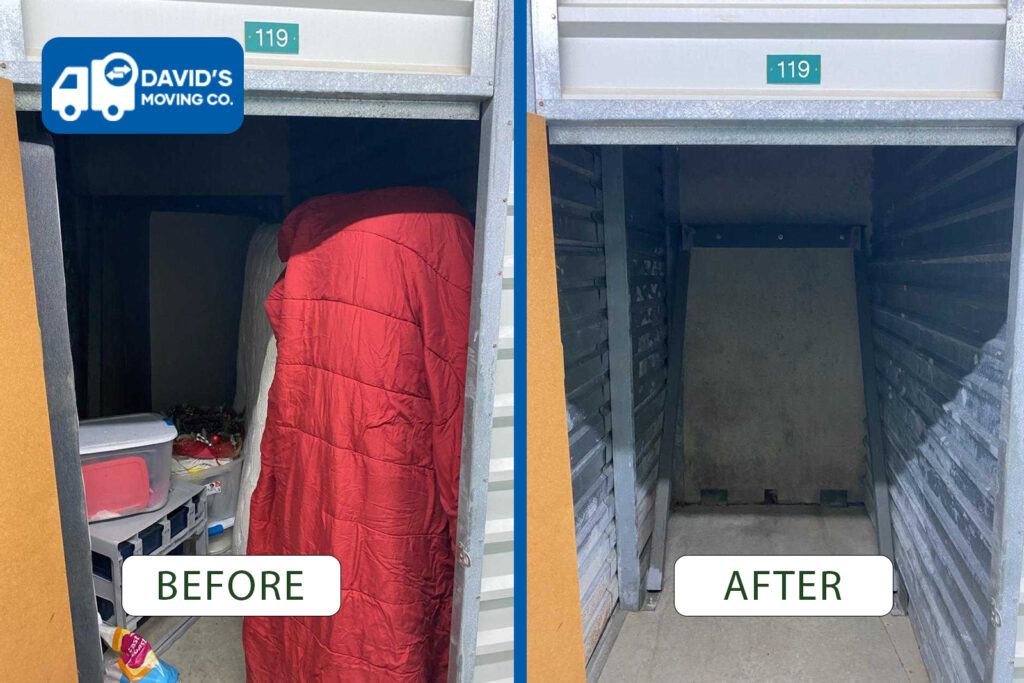
Arrive at your new home prior to the movers, compare the delivered boxes to your inventory list, and have your possessions placed in the correct rooms;
Pay for the moving services and, if the movers did an excellent job, tip them;
Assemble your furniture, connect your appliances, and unpack your first-opening cartons;
Ensure the safety of your children and pets by relocating them to a tranquil, out-of-the-way location where they can play and unwind without being disturbed by the moving process.
Take a refreshing shower, eat some Dinner, and then head to bed. Hopefully, your day went on without incident and your Kansas City moving company met your expectations. It is time to add your personal touches and style to your residence to make it more comfortable. David’s Moving KC is the company to contact if you need local movers in Kansas City for your upcoming move.
